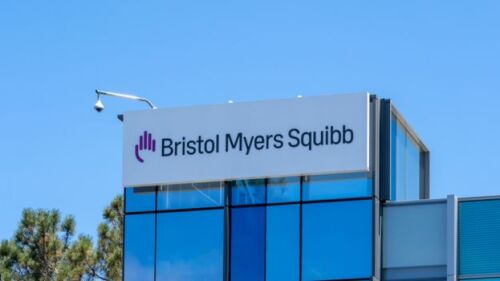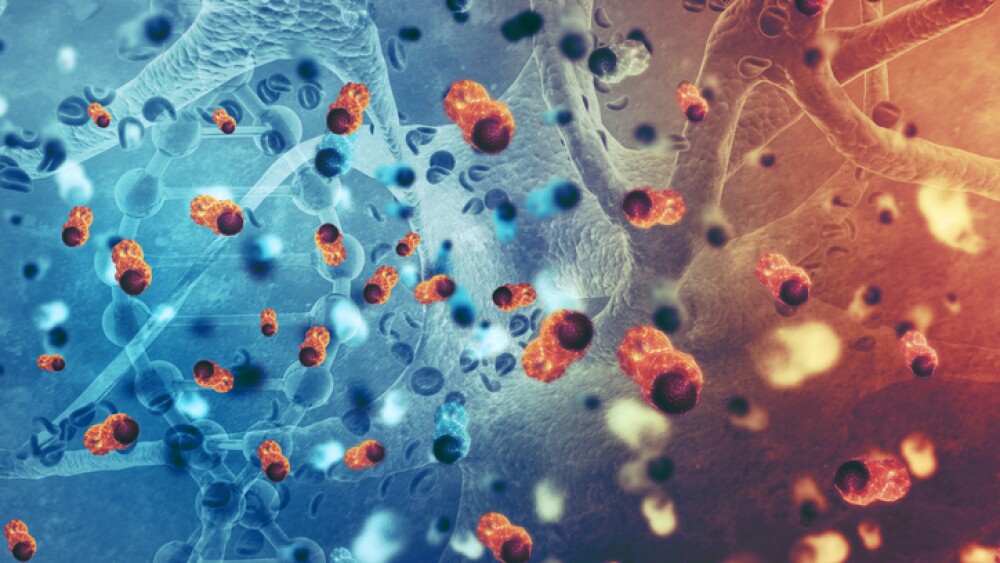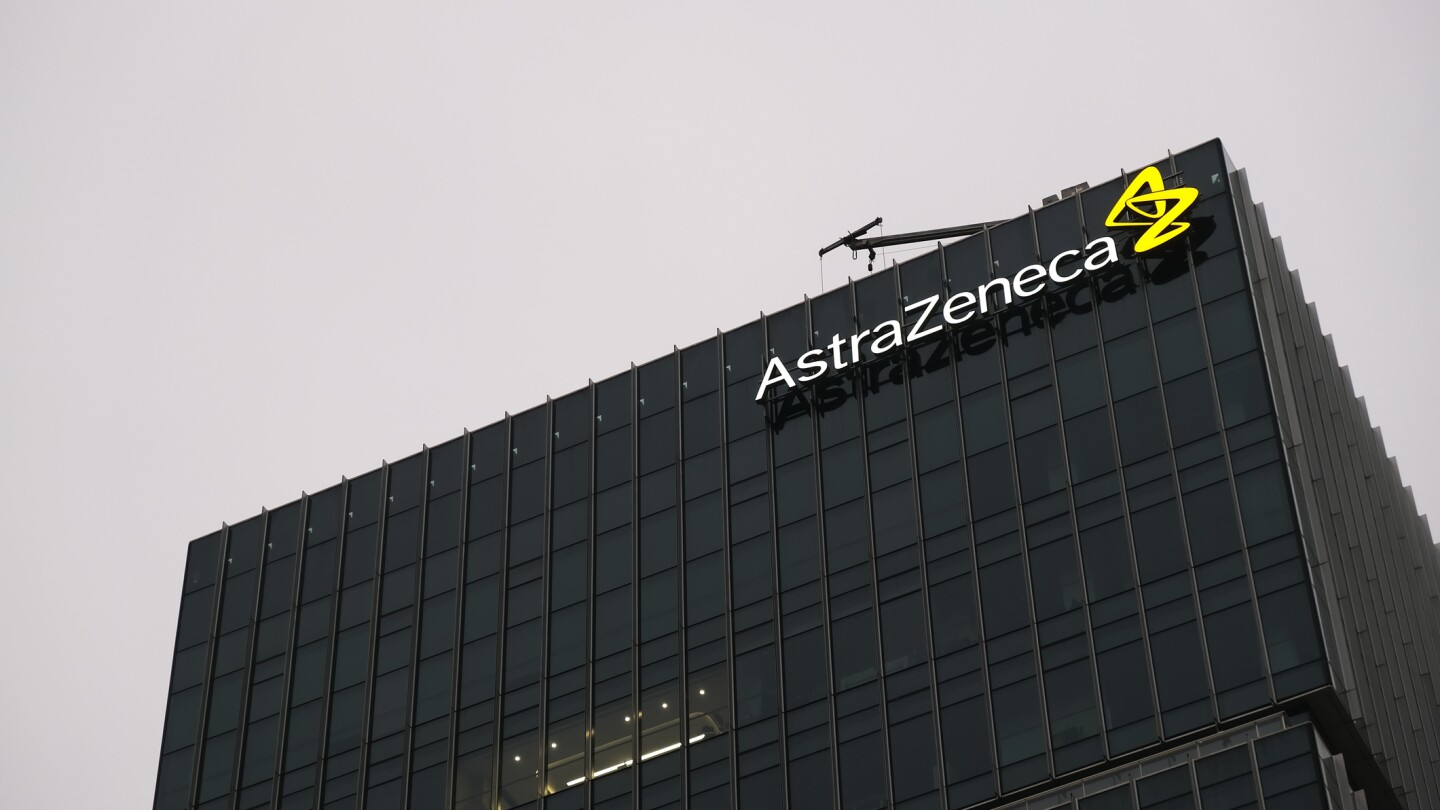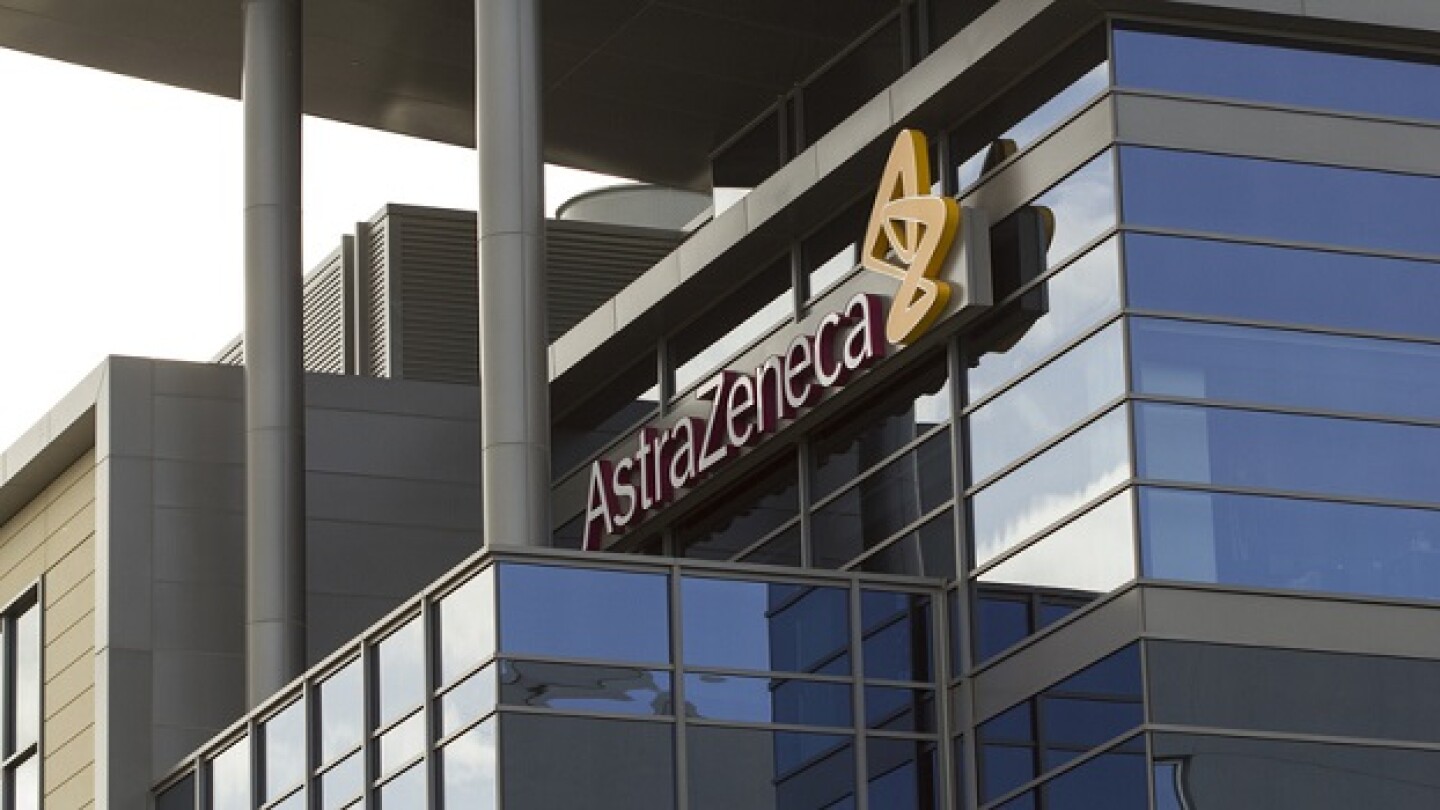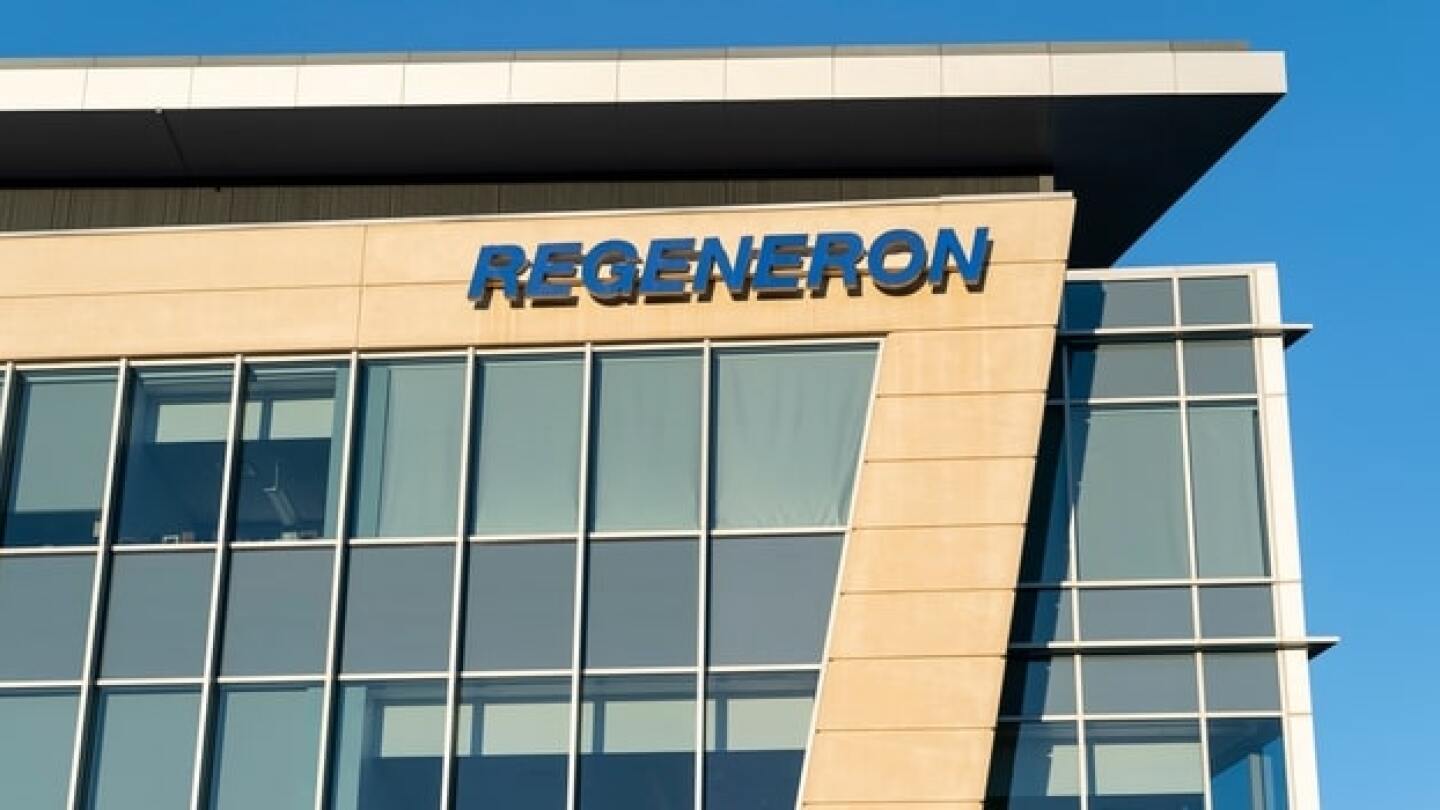News
The National Security Commission on Emerging Biotechnology recommends at least a $15 billion investment into biotech over the next five years.
FEATURED STORIES
Five years ago, Gilead signed a massive deal with Galapagos. After a restructuring, the pharma is still hunting for the potential it saw at the original signing.
As the year gets underway, analysts and biotech executives highlight cell therapy’s pivot from oncology to autoimmune diseases, a continued appetite for next-generation obesity drugs and an increased focus on neuromuscular, kidney and cardiovascular diseases.
Traditionally carrying a dire prognosis, the treatment paradigm for multiple myeloma is changing, with CAR T therapies, bispecifics and more contributing to multifaceted regimens unique to each patient’s needs.
Job Trends
Positive high-level results from an interim analysis of the ECHO Phase III trial showed AstraZeneca’s CALQUENCE® in combination with standard-of-care chemoimmunotherapy, bendamustine and rituximab, demonstrated a statistically significant and clinically meaningful improvement in progression-free survival versus standard of care in previously untreated adult patients with mantle cell lymphoma.
FROM OUR EDITORS
Read our takes on the biggest stories happening in the industry.
In a recent BioSpace LinkedIn poll, nearly half of respondents predicted the job market won’t turn around until 2027 or later. It’s easy to see why people are skeptical, especially when you consider recent hiring activity and layoffs.
THE LATEST
Monday was a busy day for AstraZeneca, which also paid up to $1 billion to acquire Belgian biotech EsoBiotec and its cell therapy pipeline and technology.
The gene therapy world is in turmoil, but Arbor, armed with more than $1 billion in partnerships and raises, is going forward.
Japan-based Taiho Pharmaceutical has worked with Araris Biotech since 2023 developing antibody-drug conjugates for the oncology space.
AstraZeneca has recently been investing heavily in the cell therapy space, including two acquisitions for TeneoTwo and Gracell Biotechnologies.
The appeals court for the Federal Circuit upheld a lower court’s ruling, finding that Regeneron has not sufficiently established that Amgen’s biosimilar Pavblu violates key patents of Eylea.
The company unveiled plans last week to test its GLP-1/glucagon dual receptor agonist in alcohol use disorder and alcohol-related liver disease.
Dyne is eyeing an accelerated approval filing for DYNE-251 in early 2026 that would pit the asset against Sarepta’s Exondys 51 in a patient population amenable to exon 51 skipping.
As obesity drug developers compete for the highest weight-loss efficacy, experts contend that overall health outcomes—evidenced by successful studies in therapeutic areas like cardiovascular and sleep apnea—may prove a greater market advantage.
Having established success in cancer, biopharma is now looking to leverage CAR T therapies against a new target, autoimmune disorders, with several early- to mid-stage readouts expected this year.
Ionis and Ultragenyx are competing to develop oligonucleotide treatments for Angelman syndrome, but will Neuren’s peptide catch up?


